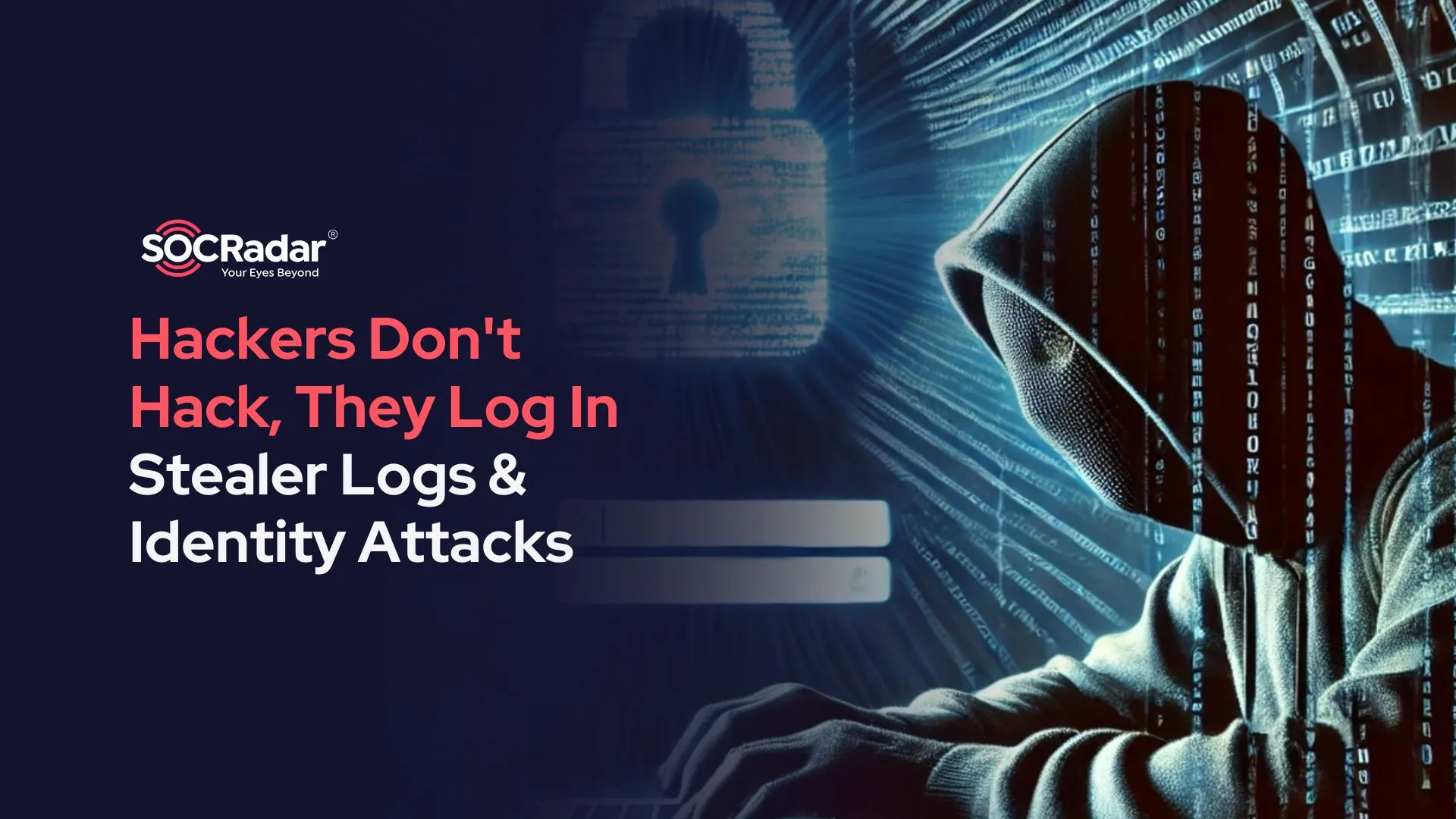In the ever-evolving landscape of cybersecurity, the use of stolen credentials has become a prominent tool for cyber threat actors. Gone are the days of brute-forcing passwords or exploiting vulnerabilities; now, attackers are turning to stolen credentials, often sourced from stealer logs, to gain unauthorized access to systems with ease and precision.
The 2024 Verizon DBIR report highlighted that a staggering 80% of data breaches involved stolen credentials. Stealer logs, which contain a plethora of sensitive information like usernames, passwords, cookies, and session tokens, are highly coveted assets on the Dark Web and are frequently used by cybercriminals to carry out malicious activities.
These logs are typically harvested by infostealer malware, infecting devices through various means such as phishing campaigns or malicious downloads. Once in possession of the stolen credentials, attackers can masquerade as legitimate users and infiltrate systems undetected. The rise of stealer logs has been instrumental in enabling identity attacks, where attackers exploit compromised credentials to breach systems and further their malicious objectives.
Several high-profile incidents serve as stark reminders of the dangers posed by stolen credentials sourced from stealer logs. The Snowflake breach, for instance, involved attackers using stolen credentials to target customer-specific accounts, leading to significant data exfiltration and operational disruptions for organizations like Ticketmaster and Neiman Marcus.
Moreover, the emergence of Initial Access Brokers (IABs) on the Dark Web has further exacerbated the threat landscape. These cybercriminals specialize in selling access to compromised systems, leveraging stolen credentials obtained from stealer logs. The demand for such services has surged, as illustrated by a 147% increase in Access Broker advertisements reported by CrowdStrike.
To counter the growing menace of stolen credentials and stealer logs, organizations must adopt proactive measures. Implementing robust authentication measures like Multi-Factor Authentication (MFA) and Single Sign-On (SSO) can add layers of defense against unauthorized access. Additionally, continuously monitoring the Dark Web for exposed credentials can help organizations identify and remediate compromised accounts before they are exploited by threat actors.
By taking these steps, businesses can fortify their defenses against identity attacks fueled by stolen credentials and stealer logs. It is imperative for organizations to stay vigilant, adapt to the evolving threat landscape, and prioritize cybersecurity measures to safeguard their sensitive data and assets.
